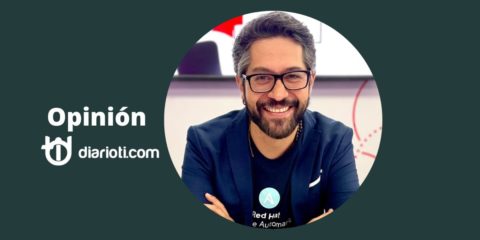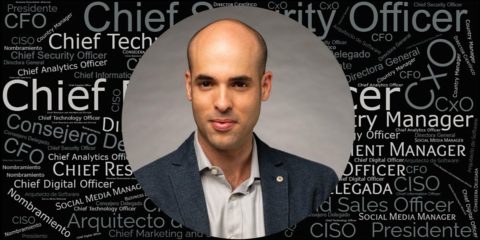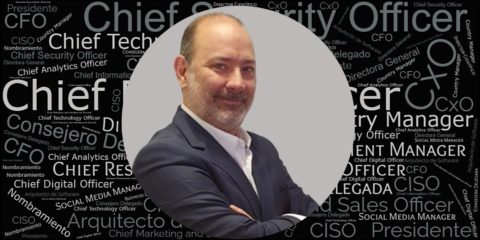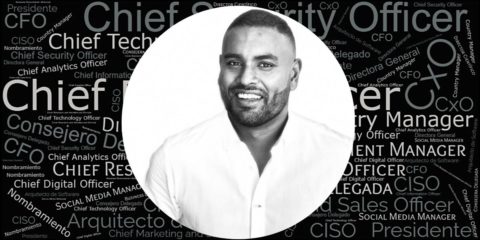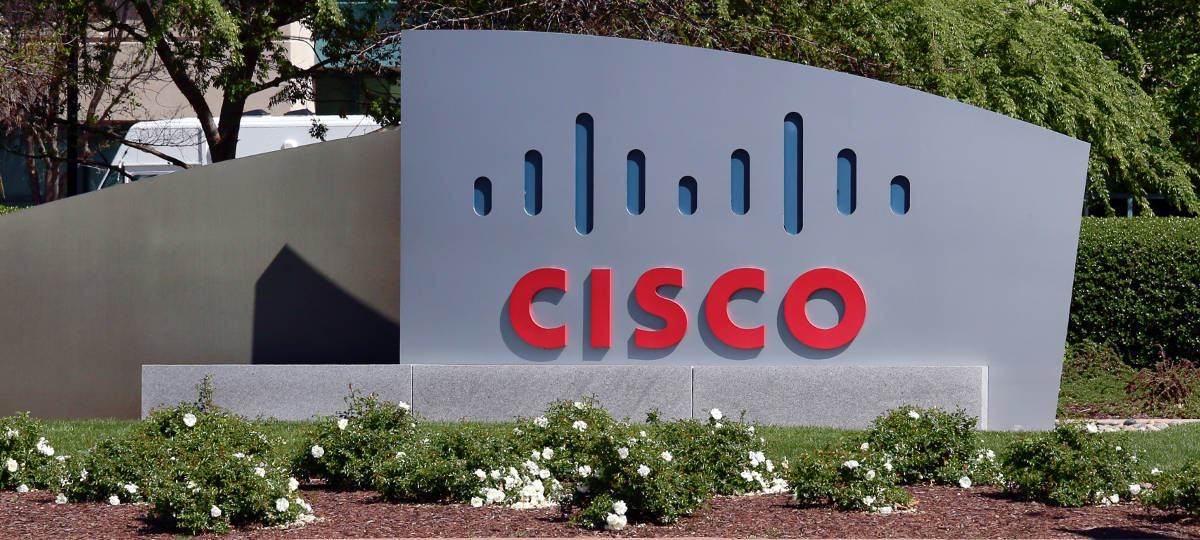Many people are scrambling to determine how this upheaval will affect not only what they do, but also how they do it. As they’re doing this, they’re coming to a realization: organizational structure—how you work, the culture that permeates and guides your activities—matters more than ever. In fact, it could be the most important factor in a group’s ability to produce new and exciting innovations, as I believe the ability to innovate is going to be the most valuable resource an organization can harness to gain competitive advantage.
When The Open Organization was published a year ago, I wasn’t trying to claim that Red Hat had discovered some definitive answers to the questions digital disruption is raising. I recognized that our story—and the way we work every day—contributes something important to the dialog around it. And as I’ve spoken at conferences and with customers, partners, and associates about the book this past year, I’ve noticed one question keeps creeping up: “How do I get started?”
My answer seems simple but it’s worth repeating. The best and easiest place to start is with why your organization exists. Define it and clarify your mission, purpose, and values – beyond money, and establish internal consensus around it. So many people point to a mission statement and believe they have this part figured out. But, just because you have a mission statement or your organization’s founders had a concrete purpose, doesn’t mean your organization’s associates have bought in to it.
Once people do understand the “why” and are bought in, then it’s about “what” to do next, which centers around engagement. Leaders should engage people. Engagement can be as simple as surveying associates about their understanding of your company’s strategy, and their role to support it. You can’t figure out the “what” if you don’t know what your people are thinking or feeling.
Once you have both of those covered, I’ve found that “getting started” happens naturally. You may notice people self-organizing to solve challenges facing your organization. I see this happen at Red Hat all the time. People will self-organize around something because they know it’s important to the strategy of the company and fits our mission and purpose. In this way, a leader’s role then becomes about providing context, not dictating how execution occurs. Their role is to create context for their people on why something is important, and answer questions they may have. Their purpose is to catalyze direction, not dictate or predetermine.
In the end, the best leaders are like gardeners: They serve to provide the best possible conditions for their plants to grow, but they can not make them grow themselves.
Since writing The Open Organization and listening to the conversations it’s begun and questions it continues to generate, I’ve found it’s extremely important to continue thinking, writing, and talking about both the changes we face and the potential open source thinking holds for helping us navigate them.
By Jim Whitehurst, president and CEO, Red Hat



